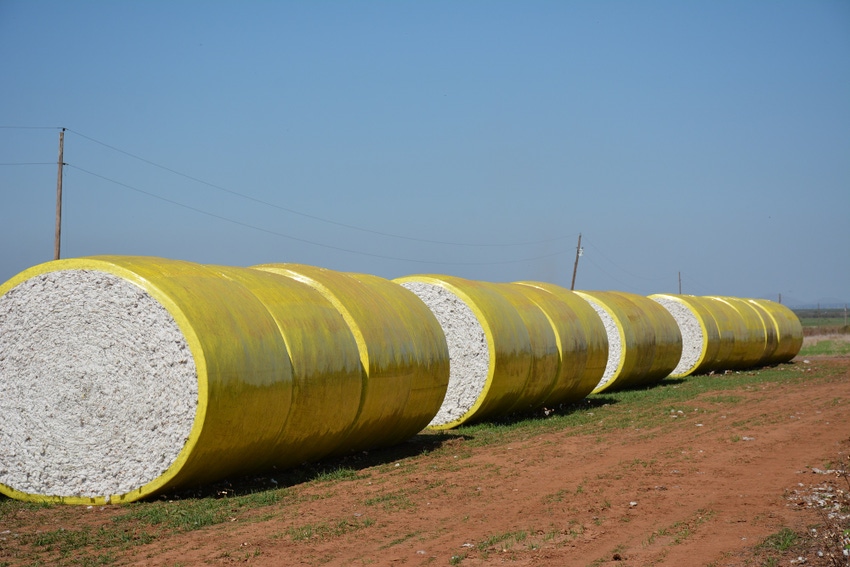
Cotton continues to face price competition from synthetic fibers at the spinning mills.
It was a newsworthy fall. While the latest November Supply and Demand cotton report may have offered few surprises, the same cannot be said — at least by most prognosticators — regarding the World Series or the U.S presidential election.
While the overall movement in the cotton markets is typically based on expected supply and demand conditions, the policy impacts from a billionaire president on these expectations will be interesting going forward.
In the past several months, the futures markets have been driven primarily by widespread lower than average production around the world, resulting in lower ending stocks.
Since August, the Dec ’17 ICE cotton futures prices have traded between 66 cents and 72 cents. That is around 5 cents higher than a year ago. While these prices are closer to breakeven levels, supply and demand expectations will change as the markets digest the latest information including policy directives from the Trump administration.
LONG TERM IMPLICATIONS
Trade agreements will be a key area in which potential policy changes could have long term implications on the industry.
As the No. 1 global agricultural exporter, any change to U.S. agricultural trade agreements will not only affect global prices and trade dynamics, but also U.S. farmer profit margins.
The USDA in November estimated a 2016/17 U.S. crop of 16.16 million bales, which is above last season and the 5-year average. On the demand side, the export forecast is the highest in four seasons. In fact, U.S. share of the global trade is projected to be 34 percent in 2016/17, the highest since the 2010/11 crop year.
Will the Trump administration propose protectionist actions in the form of tariffs, and the renegotiation of time-honored international trade agreements? While a resurgence of mill use in the domestic manufacturing sector may benefit from such a policy, a potential decline in U.S. export business is a distinct possibility.
If the Trump administration takes a “get tough” trade stance with our export customers like China and Mexico, those countries may cultivate potential supply relationships with other nations instead.
MORE UNPREDICTABILITY
What does this all mean to the cotton producer concerning the 2017 crop?
While the onset of drier than normal weather may boost cotton plantings this year, the likelihood of higher abandonment and lower yields make production forecasts more unpredictable.
In addition, expected farm earnings will play a major role in plantings, since cotton appears to be more competitive than a year ago, given futures prices for competing crops like corn and hard red winter wheat. And more acres will likely swing into cotton if cotton prices stay above 70 cents, basis the ICE nearby contract. However, the proverbial fly in the ointment is that the world export market for cotton seems to fade whenever cotton prices move much above 70 cents.
Cotton continues to face price competition from synthetic fibers at the spinning mills, and at these price levels, cotton has been less than successful at maintaining fiber share at the retail level and with importers.
Therefore, producers are encouraged to move quickly to take advantage of fleeting price opportunities as they occur.
(Roger Sahs is Assistant Extension Specialist at Oklahoma State University. John Robinson is Professor and Extension Cotton Marketing Specialist, Texas A&M AgriLife Extension.)
About the Author(s)
You May Also Like




